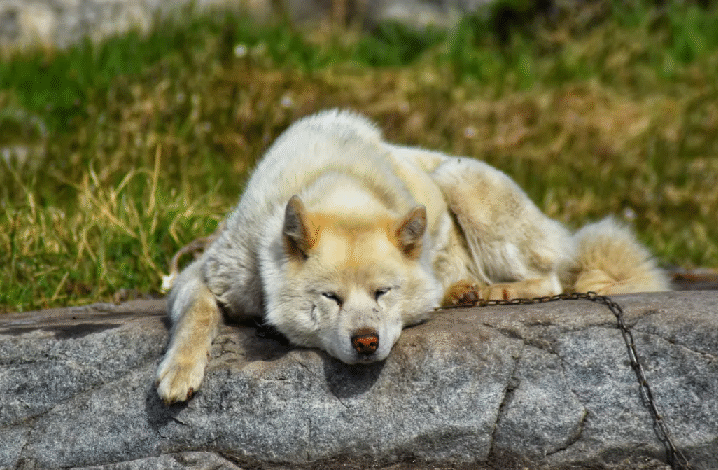Scientists have determined which breed of dog is the oldest in the world

For more than 9,500 years, sled dogs have been central to the life of people in the Arctic. Their omnipresence in this region indicates their exceptional importance. Among the many breeds, it is the Greenland sled dogs, known as Kimmek, that are considered the oldest not only among sled dogs, but also among all dogs in general, informsIFLScience.
Kimmek has been serving the Inuit for about a thousand years. Although these dogs are still used, their population is rapidly declining due to climate change and other threats. Thus, in almost two decades, the number of Greenland sled dogs has decreased from 25,000 in 2002 to 13,000 in 2020. This concern has become the impetus for a new scientific study.
Tetiana Feuerborn, a postdoctoral fellow at the US National Institutes of Health, and her colleagues analyzed the DNA of modern Kymmeks and the remains of ancient dogs found throughout Greenland. In total, the scientists sequenced the genomes of 92 dogs, spanning a period of about 800 years, and compared them with more than 1,900 other dog genomes.
The results showed that the Kimmek belongs to a separate clade of Arctic breeds, closest to the 3,700-year-old Alaskan dog. This not only demonstrates genetic continuity, but also supports the hypothesis of an early Inuit migration from northern Canada to Greenland—perhaps as early as the 12th century, earlier than previously thought. Therefore, the Inuit could have appeared in Greenland before the arrival of the Norwegian colonists.
It is known that Norwegian settlements on the island lasted until the 15th century, but already at the beginning of the 18th century, Danish-Norwegian colonists established a trading post in Kitaa, which intensified contact between Europeans and Inuit. Despite this, genetic research has shown that Kimmec dogs almost did not interbreed with European breeds. Instead, they can be divided into four genetic groups that correspond to the geographic distribution of the Inuit in Greenland. The researchers emphasize that their work paves the way for further studies of the local evolution of animals under the influence of both the human factor and changes in the environment.
Photo: iflscience.com





